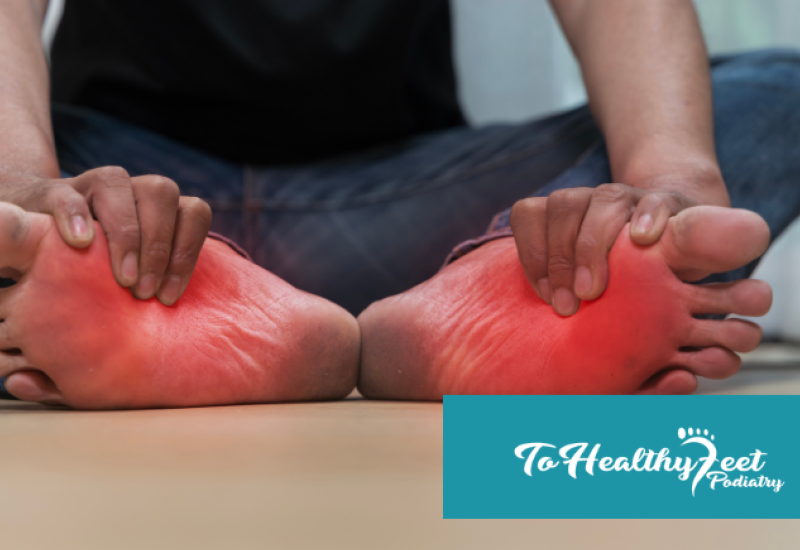The realm of foot care, as trivial as it might seem to some, is one that requires meticulous attention, especially when it comes to the pain and discomfort of ingrown toenails. These nagging issues, often starting as minor annoyances, can snowball into significant health concerns if not addressed appropriately. Unfortunately, many individuals unknowingly make their situations worse with misguided care methods. Let's delve into some of the most common mistakes made in treating ingrown toenails and how we can better navigate this sensitive issue.
Using Improper Footwear
One of the most prevalent and overlooked culprits behind ingrown toenails is improper footwear. Tight shoes, especially those with a narrowed front, compress our toes, forcing nails to grow in an irregular direction. High heels, which push the foot forward, can also place undue pressure on the toes. While societal and job-related obligations sometimes dictate our shoe choices, we must remember the potential consequences on our foot health. Prioritizing comfort, choosing shoes with wider fronts, and giving our feet breaks from constricting footwear can work wonders in preventing and easing ingrown toenails.
Overzealous Cutting Techniques
The act of toenail trimming, seemingly straightforward, harbors pitfalls. Many have fallen prey to the allure of cutting nails exceedingly short or rounding them significantly at the edges, believing it offers a neat appearance. However, this approach often leads to the nail growing into the surrounding skin. A safer practice involves trimming the toenails straight across and softening the tips with gentle rounding. Moreover, employing the right tools, such as toenail-specific clippers that are kept clean and sharp, can ensure a safer, more effective trim.
Attempting DIY Surgery
The desire for immediate relief can sometimes cloud judgment. The sight of an inflamed, painful toenail might motivate some to take matters into their own hands, armed with tweezers, scissors, or needles. While the intention is to extract the troublesome nail fragment, this DIY approach poses significant risks. Without sterilized tools and proper technique, one might introduce infections or exacerbate the existing problem. For persistent or severe ingrown toenails, a visit to a podiatrist or healthcare professional is the best course of action. They possess the expertise and tools to address the issue effectively and safely.
Neglecting Signs of Infection
Infections are a potential and dangerous accompaniment to ingrown toenails. Yet, there's a tendency among many to dismiss early signs, hoping they'll dissipate on their own. Symptoms such as pronounced redness, throbbing pain, pus discharge, or even an unusual warmth around the toe area warrant attention. Any delay in addressing these signs can lead to complications, with the infection spreading deeper or affecting larger foot areas. It's paramount to consult a medical professional when these symptoms surface. They can provide targeted treatments, from antibiotics to minor surgical interventions, ensuring the problem doesn't escalate.
Moreover, it's essential to realize that while genetics or injuries can sometimes lead to ingrown toenails, many instances are preventable. Simple practices, from foot hygiene to periodic foot self-exams, can preempt these painful occurrences.
In wrapping up, it's crucial to acknowledge that our feet, often taken for granted, play a foundational role in our daily lives. They support our weight, enable mobility, and endure various stresses. Given their importance, addressing issues like ingrown toenails with informed care approaches becomes imperative. By avoiding common mistakes and adopting better practices, we pave the way for healthier, happier feet. After all, every step taken in comfort is a stride towards a pain-free, active life.
Written on behalf of To Healthy Feet Podiatry.
FAQs
Q: Can I continue my regular activities with an ingrown toenail?
A: It depends on the severity. For mild cases, one might be able to continue daily activities. However, activities causing pressure or potential trauma to the affected toe should be avoided.
Q: Can pedicures cause ingrown toenails?
A: If toenails are improperly trimmed during a pedicure, or if tools are not clean, there's an increased risk of ingrown toenails or infections.
Q: Is surgery the only option for recurring ingrown toenails?
A: While minor surgeries can permanently treat ingrown toenails, it's not always the first option. Podiatrists might suggest other treatments depending on the severity and frequency.




